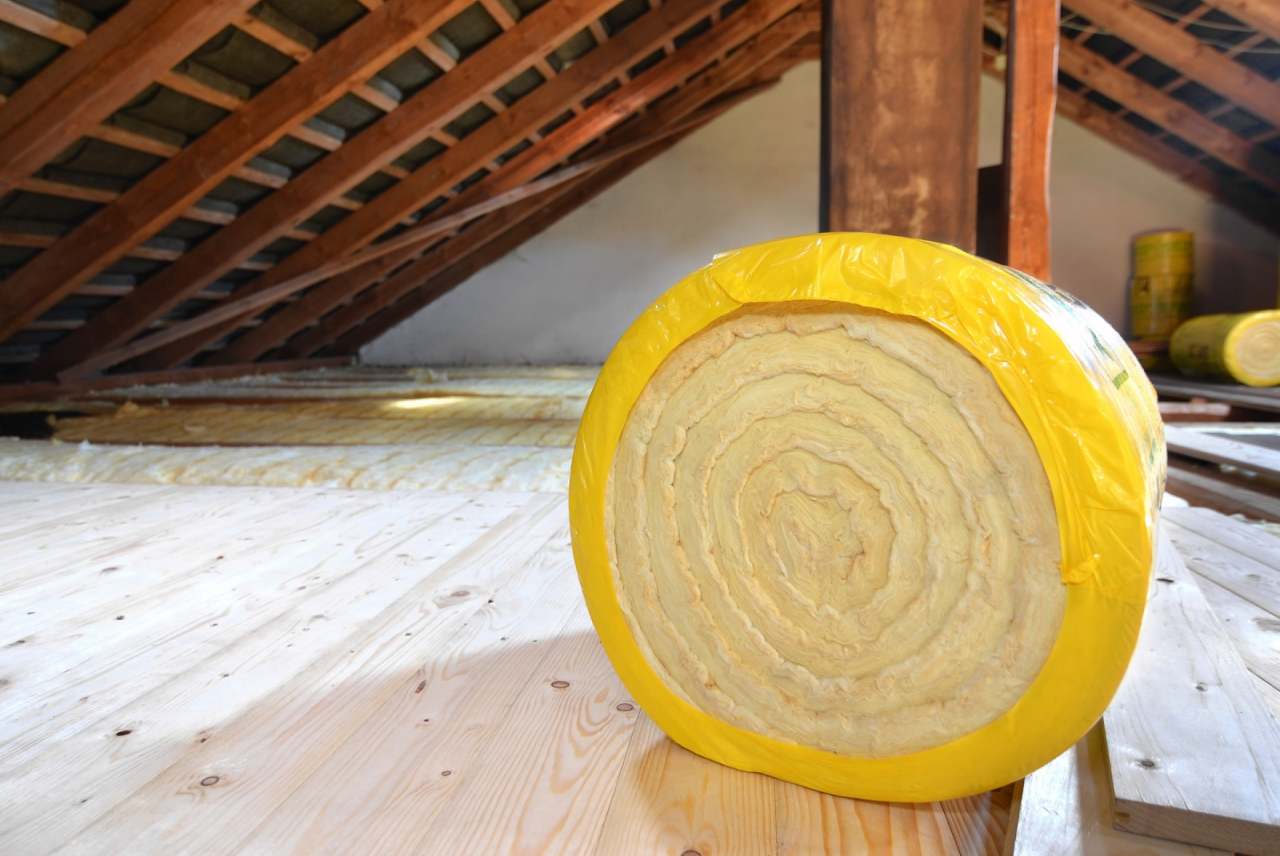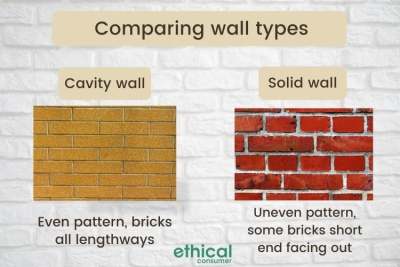In order to meet the UK’s decarbonisation targets, we need to insulate 11 million buildings before 2030.
Luckily, insulating our homes is great for us too. Homes insulated in the last tens years saved 20% from their gas bill every year.
Seven steps to insulate your home
Insulating your home can seem like a bit of a confusing task. There are so many options from wall and loft insulation to floors and even pipes. It can cost anywhere from a hundred to several thousand pounds, depending on what you choose to do.
This step-by-step guide will help you work out what insulation is right for you.
1. Consider different kinds of insulation available
Roof insulation
An uninsulated house could be losing up to 25% of its heat through the roof. Loft insulation is one of the best value options out there, so if you don’t already have it, it’s a good place to start.
If you have an easy-to-access loft, you may be able to insulate it yourself. Think about storage space, inaccessible areas and dampness before starting the work or getting a professional to help you. There are lots of videos on YouTube with advice on how to do a DIY job.
Wall insulation
Around one third of all the heat lost in an uninsulated home escapes through the walls.
You will need to work out your wall type (see below). Most houses have either cavity or solid walls. For cavity wall insulation, a professional can inject insulation material into the space. If your walls are solid, an insulation layer can be attached either inside or outside your home. Both require a trained installer.
Most houses built within the last 20 years or so will already have wall insulation.
Energy Saving Trust have great guides to wall insulation >
Floor insulation
If you live on the ground floor or have a ground floor rooms, you may want to consider insulating it. The type of insulation you need will depend on your type of floor. It will be much easier and cheaper if you have a suspended floor, e.g. over a basement or cellar.
If you do have an easily accessible, unheated basement or cellar underneath, you could fit this kind of insulation yourself. Check that the joists supporting the floorboards are in good condition, and there are no signs of wet or dry rot.
Energy Saving Trust has instructions on how to fit DIY floor insulation >
For a quick fix, you can seal gaps between floors and skirting boards to reduce draughts, using sealant from a DIY store. Rugs and carpets can also help keep your feet warm.
Pipe insulation
Insulating pipes, radiators and your water tank is a quick and easy option to save on energy bills. You can buy DIY fixes like hot water cylinder jackets, pipe insulation and radiator reflector panels.
Energy Saving Trust has great guides for understanding what type of insulation might work for you. Alternatively, you can get advice from a builder or retrofit assessor. (See below.)
Insulation for windows, doors and chimneys
It’s amazing how much you can save from draught-proofing your house. For example, if you have an open chimney that you’re not using, draught-proofing it could save you £65 a year.
Draught-proofing may be a good option for renters too, if your landlord is happy to give you permission.
Paying a professional to draught-proof your whole home will cost around £225, but DIY will be considerably cheaper. Check your windows, doors, chimneys, floorboards and skirting boards, loft hatches, pipework, old extractor fans or cracks in the wall.
Make sure you don’t block any extractor fans, underfloor grilles or airbricks, wall vents or trickle vents above windows: these are designed to be sources of ventilation to keep your house fresh, dry and healthy. Be particularly careful to allow ventilation in rooms where there are open fires or that have lots of moisture such as bathrooms or kitchens.
Energy Saving Trust has a full guide to draught-proofing your home >








